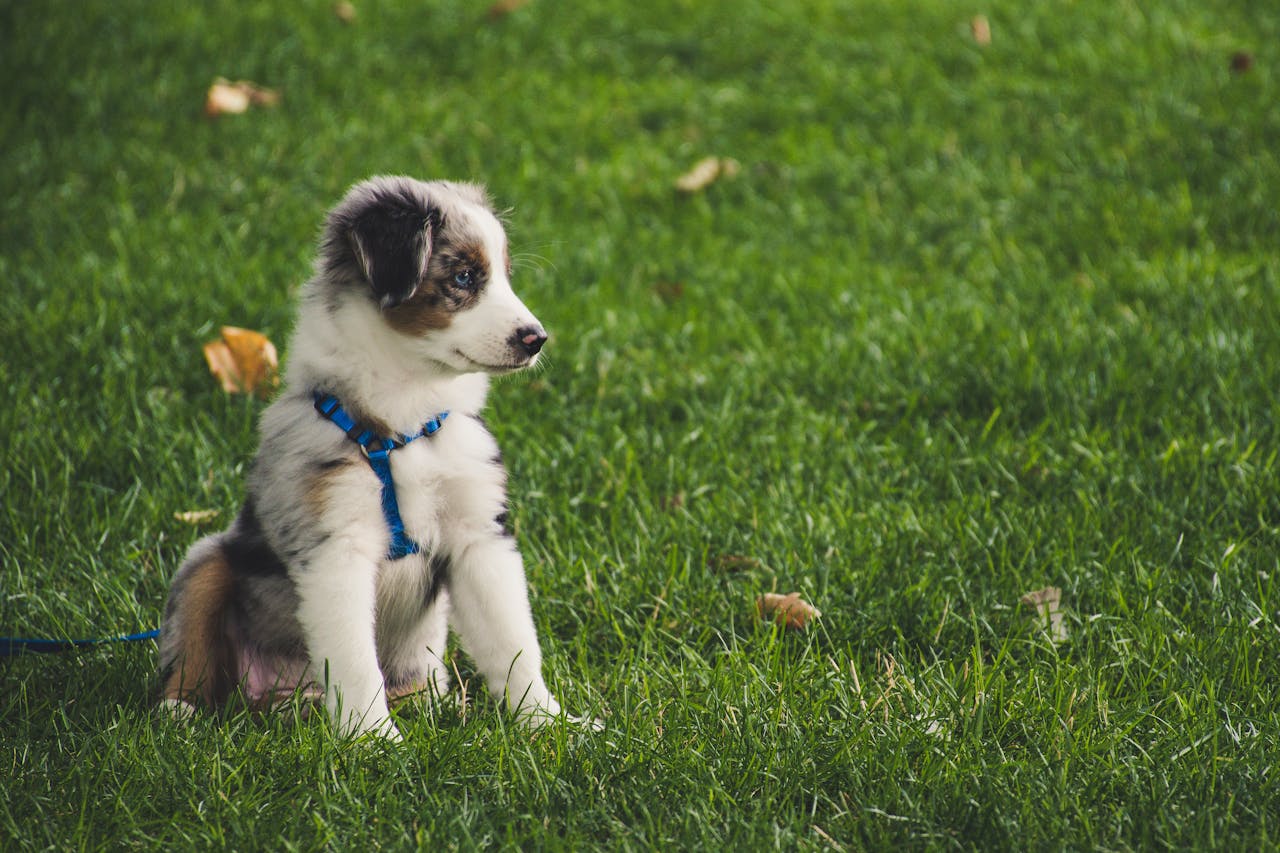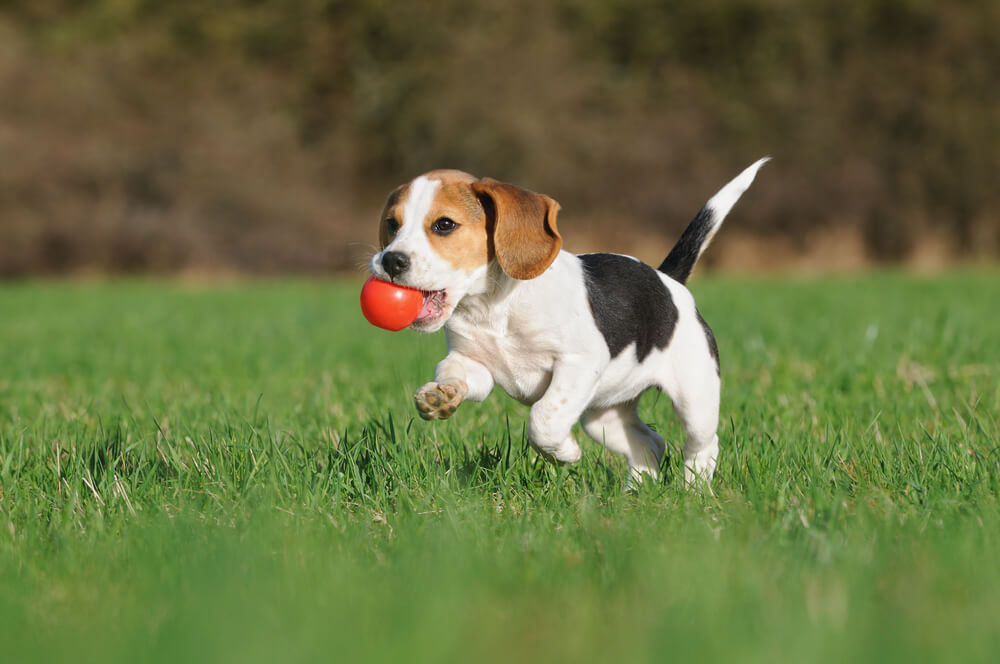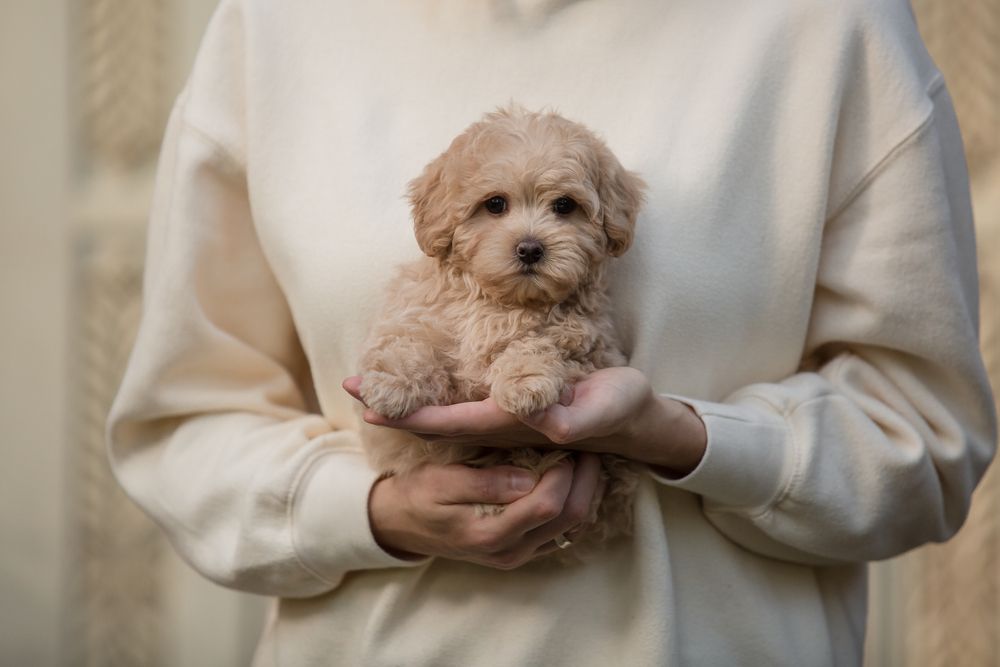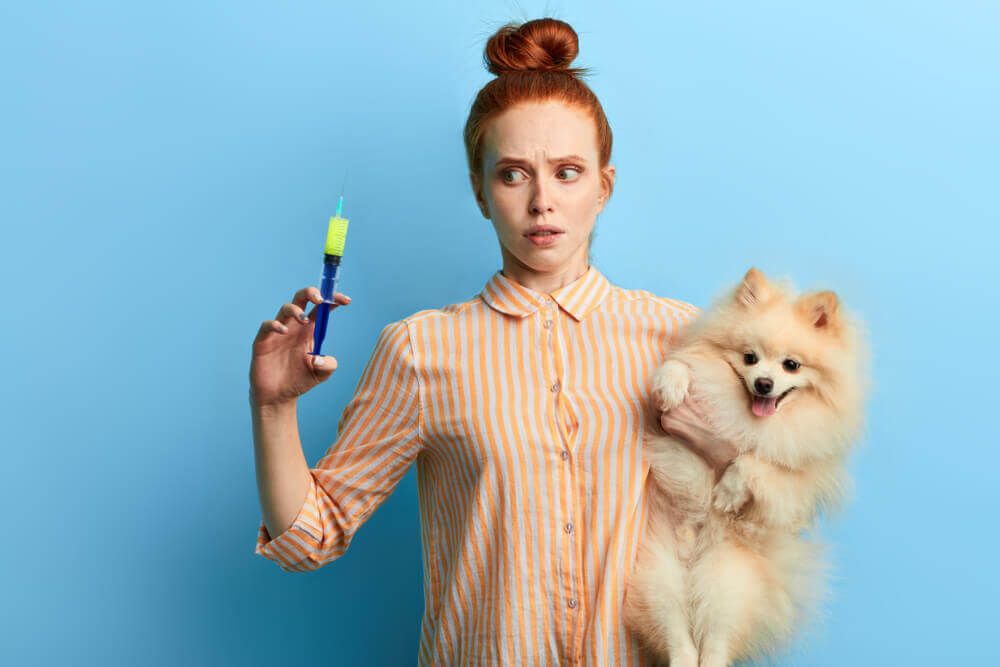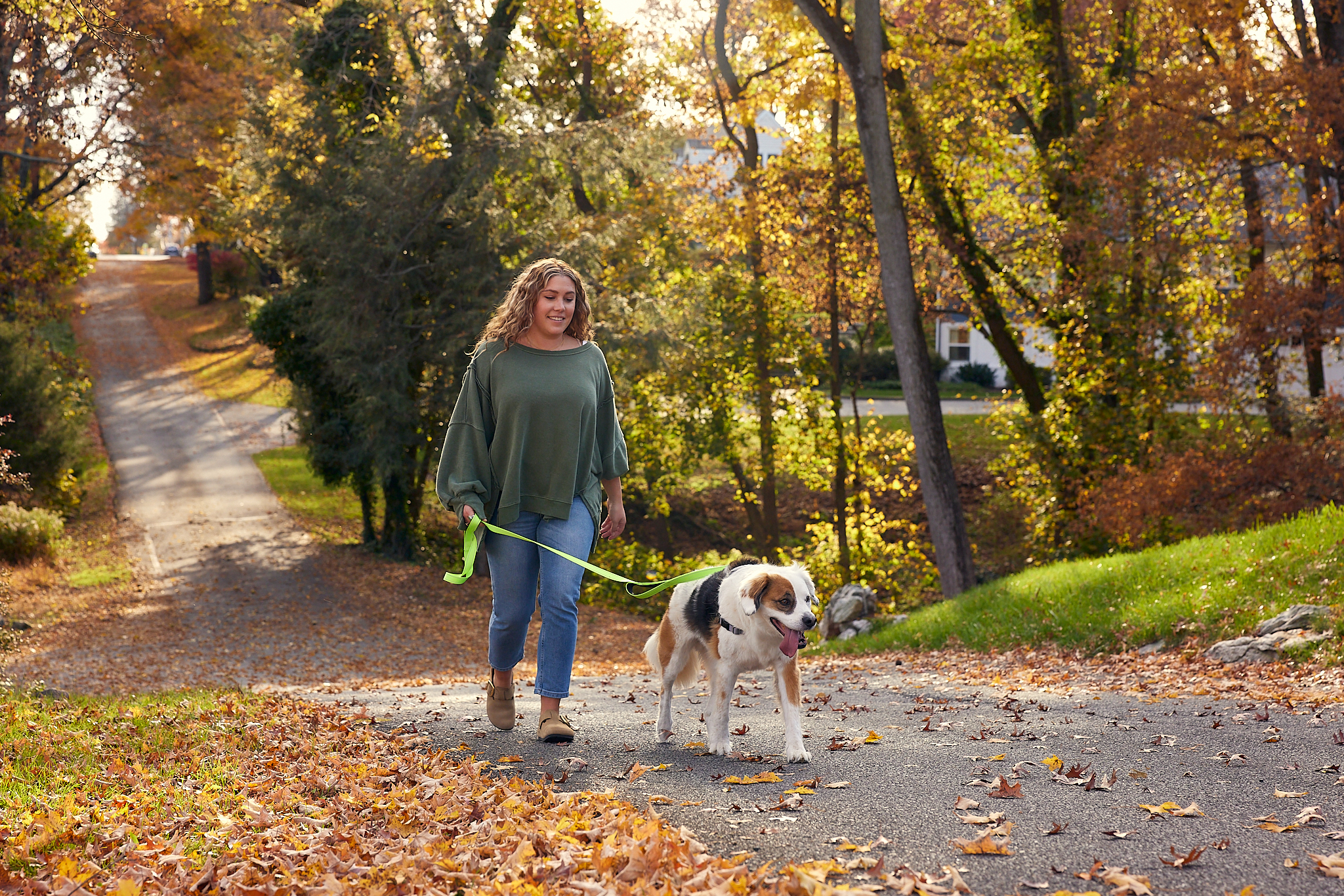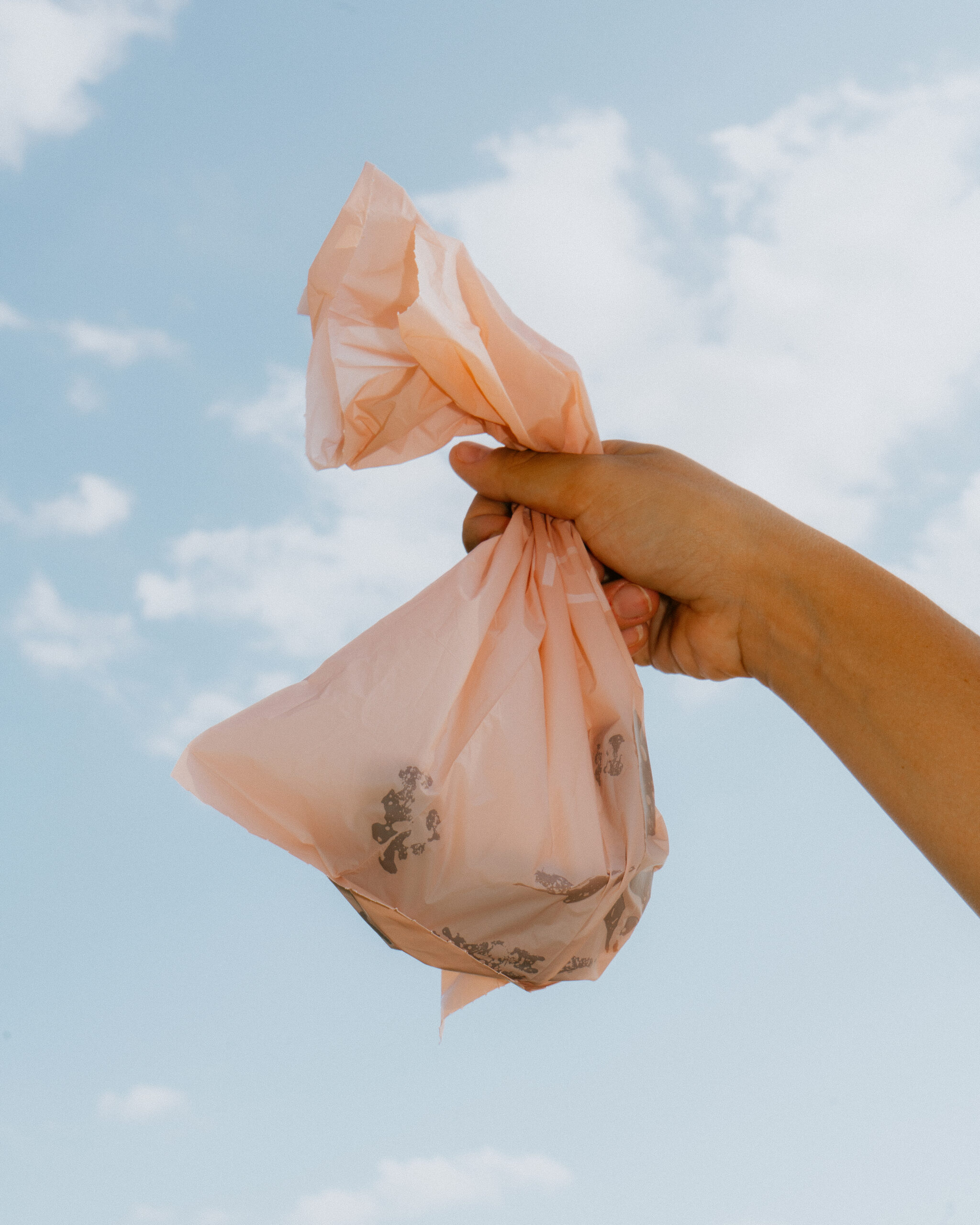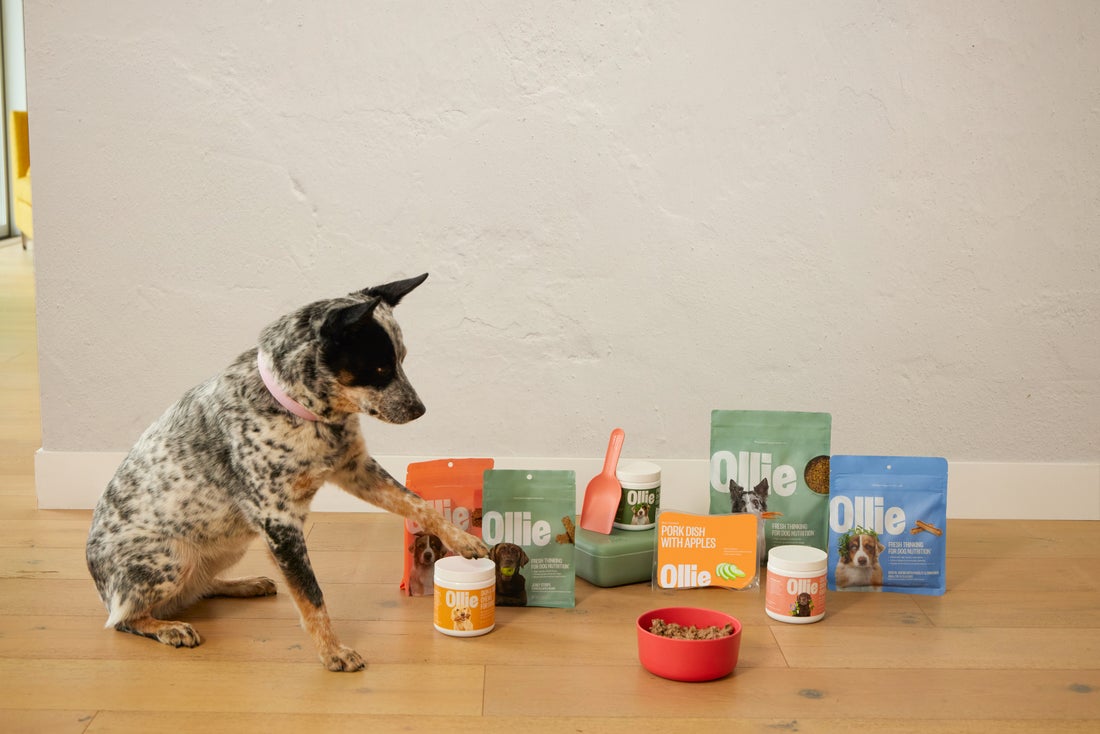Hey Ollie blog readers! We’re offering you an exclusive 60% OFF your starter box! Try now!
One minute you’re picking up a tiny, wobbly puppy who fits in your hands—and before you know it, they’re racing around the backyard like they own the place. Puppies grow fast. But exactly how long does that growth spurt last? And when can you expect your dog to stop sprouting new inches and filling out that gangly frame?
Understanding your puppy’s growth timeline isn’t just fun trivia—it’s an important part of caring for their health. Growth stages impact everything from how much food they need, to when it’s safe to start certain types of exercise, to when you can officially call them a full-fledged adult.
In this guide, we’ll break it all down: how puppy growth happens, when different breeds reach maturity, and what to watch for along the way. Whether you’re raising a tiny Chihuahua or a massive Great Dane, we’ll help you understand what’s normal—and what might need extra attention.
Because raising a healthy, happy dog starts with knowing what’s going on beneath all that fluffy cuteness.
Puppy Growth Chart: What to Expect
Puppy growth doesn’t happen on a straight, predictable path. It’s full of bursts, slowdowns, and sudden changes—kind of like human kids. One week they’re clumsy and awkward, and the next they’ve gained two pounds and figured out how to jump onto the couch.
Here’s a general timeline of what you can expect as your puppy grows:
| Age Range | Growth Stage |
| 0–2 weeks | Neonatal phase — completely dependent on mom for warmth, food, and care. Eyes and ears are closed. |
| 2–8 weeks | Transitional phase — eyes and ears open, they begin to walk, play, and interact. Rapid physical development starts here. |
| 2–6 months | Major growth period — this is when puppies shoot up fast, start teething, and develop basic motor skills. |
| 6–12 months | Slower growth — final height is often reached during this window for smaller breeds. Puppies fill out muscle and coordination improves. |
| 12–24 months | Final stage — large and giant breeds continue to mature. Growth plates close, and dogs fully “bulk out” into their adult bodies. |
During these phases, you’ll notice not just size changes, but also major shifts in behavior, appetite, and energy levels. Puppies expend a ton of calories growing—which is why balanced nutrition is so crucial at every step.
The key thing to remember? Breed size has a huge influence on when (and how dramatically) these growth stages play out. Tiny breeds wrap up sooner, while giant breeds take much longer to reach full maturity.
Puppy Growth Guide by Dog Size
While every dog is unique, one of the biggest clues to your puppy’s growth timeline is their adult size. Smaller dogs wrap up their growing quickly, while large and giant breeds take their sweet time.
Here’s a closer look by size group:
Small Breed Puppies (Under 20 Pounds)
- When they stop growing: Around 9 to 12 months old.
- Examples: Chihuahuas, Dachshunds, Yorkshire Terriers.
- What to expect: Small breeds grow rapidly during the first six months, often reaching most of their adult size by the time they’re 6 to 8 months old. After that, it’s mainly filling out and fine-tuning.
Medium Breed Puppies (20–50 Pounds)
- When they stop growing: Around 12 to 15 months old.
- Examples: Bulldogs, Cocker Spaniels, Border Collies.
- What to expect: Medium breeds continue to grow a bit longer than small dogs, with noticeable muscle development and “bulking up” continuing through their first year.
Large Breed Puppies (50–100 Pounds)
- When they stop growing: Between 15 to 18 months.
- Examples: Labrador Retrievers, Golden Retrievers, Boxers.
- What to expect: Large breed puppies often reach close to their adult height by around one year, but will keep adding weight, muscle, and chest depth well into their second year.
Giant Breed Puppies (Over 100 Pounds)
- When they stop growing: Often not fully mature until 18 to 24 months (or later).
- Examples: Great Danes, Mastiffs, Saint Bernards.
- What to expect: Giant breeds grow slowly and steadily. It can take two years (or more) for them to finish growing—and pushing them to grow faster with too many calories can actually cause joint and bone issues later.
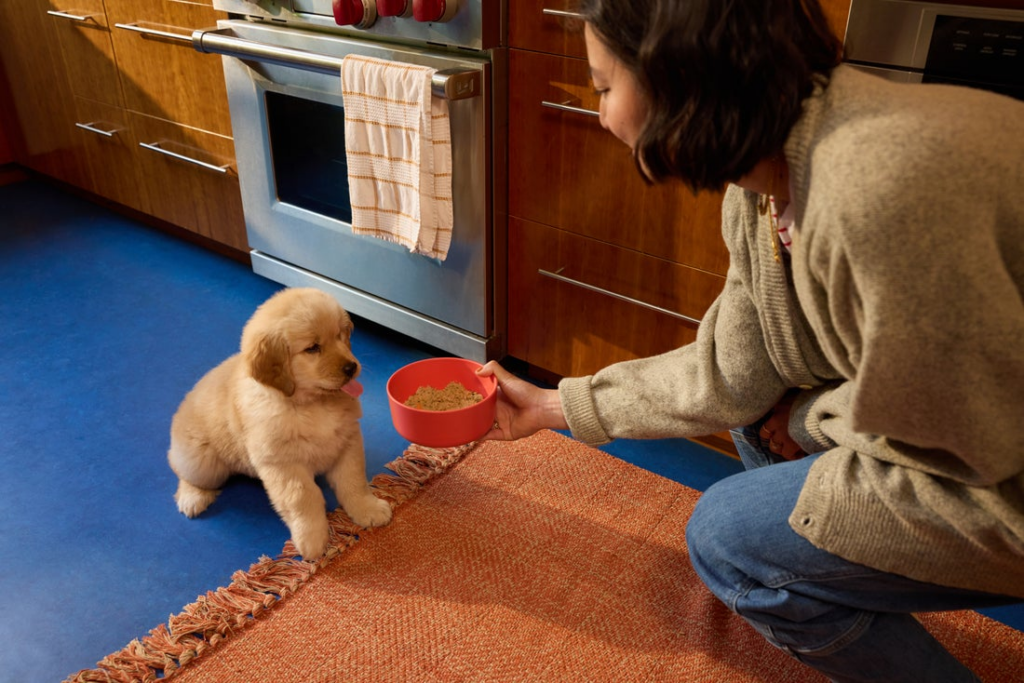
Factors That Influence Puppy Growth
Not every dog follows the same exact timeline—and that’s because growth isn’t just about breed size. A few key factors can influence how quickly (or slowly) your puppy matures.
Genetics
Your dog’s DNA plays a huge role in how big they’ll get, how fast they’ll grow, and even what their adult body type will look like. Dogs bred for working, herding, or athleticism often have different growth patterns compared to companion breeds.
Nutrition
Proper nutrition fuels healthy growth. Puppies need the right balance of protein, fat, calcium, and other nutrients—not just lots of calories. Diets that are too high or too low in critical nutrients can lead to growth abnormalities, joint issues, or poor muscle development.
(Hint: Fresh, real food—like Ollie fresh dog food recipes—delivers the balanced nutrition puppies need without unnecessary fillers or preservatives.)
Spaying and Neutering
The timing of spay/neuter surgery can impact growth plates, which are areas of developing cartilage that turn into solid bone. Early spay/neuter may delay growth plate closure, sometimes leading to slightly taller dogs. (Talk with your vet about the best timing based on breed and health.)
Exercise
Proper exercise strengthens bones, muscles, and joints—but too much high-impact activity too early (like long runs or frequent stair climbing) can stress growing joints. Puppies need a balance of play, gentle walks, and structured rest.
Health Conditions
Parasites, chronic illnesses, or malabsorption disorders can slow down growth or cause developmental delays. Regular vet checkups, proper vaccinations, and early parasite prevention help keep your puppy growing on track.
Signs Your Puppy Is Still Growing
Sometimes it’s obvious that your puppy hasn’t hit their final form yet—but other times, it’s a little less clear. If you’re wondering whether your dog is still in their growth phase, here are a few signs to look for:
Big paws relative to their body
Many puppies have paws that seem oversized for their current frame. It’s one of the classic “they’re not done growing yet” signs. Those paws are the blueprint for the body size they’re still growing into.
Awkward coordination
Growing puppies often go through a clumsy phase. You might see your dog tripping over their own feet, misjudging jumps, or generally acting like their body is moving faster than their brain.
Filling out in muscle and weight
Even after they reach close to their full height, puppies continue to add muscle mass and body weight. Their chest will broaden, their muscles will firm up, and their overall silhouette will become more “adult.”
Growth plates not fully closed
In some cases, a veterinarian can confirm whether a puppy’s growth plates are still open through X-rays. Growth plates are areas of soft cartilage near the ends of bones that eventually harden once maturity is reached.
Puppy-like behavior
Physical maturity and mental maturity don’t always line up. Your dog might be physically grown but still acting like a goofy puppy well into their second year—especially in larger breeds.
Pro Tip:
Focus more on proportions than size alone. Even if your dog looks “big,” if they’re still lanky, narrow, or awkward, chances are good they’re not fully grown yet.
When Are Dogs Fully Grown? (Summarized by Life Stage)
There’s no single day when a puppy magically becomes a dog—it’s a gradual process. But there are a few general rules that can help you figure out when your dog is officially “grown up” physically.
Height vs. Weight
Most dogs reach their full height first, often between 9 to 18 months, depending on size. However, filling out in weight and muscle can take several more months, especially for large and giant breeds.
Growth Plate Closure
True physical adulthood is marked by the closure of growth plates—the cartilage areas at the ends of long bones. Once these plates harden into solid bone, the risk of developmental bone issues drops significantly.
Typical growth plate closure timelines:
- Small breeds: around 9–12 months
- Medium breeds: around 12–15 months
- Large breeds: around 15–18 months
- Giant breeds: as late as 18–24 months
Emotional Maturity Takes Longer
Physically grown doesn’t always mean emotionally mature. Many dogs continue developing mentally well into their second or even third year of life. Adolescence, testing boundaries, and bursts of puppy-like energy are all normal during this time.
Example:
A Labrador Retriever may stop growing in height by 12–14 months but won’t fully “settle” behaviorally until closer to 2 years old.
How Nutrition Supports Healthy Growth
You can’t control your puppy’s genes, but you can control what goes into their bowl—and that makes a huge difference in how they grow.
Puppies need more than just calories. They need a balanced combination of high-quality protein, healthy fats, calcium, phosphorus, and essential vitamins to build strong bones, healthy joints, lean muscle, and a resilient immune system. If any piece of that nutritional puzzle is missing, it can lead to stunted growth, joint issues, or long-term health problems.
Why balanced nutrition matters during growth:
- Protein helps build muscles, organs, and connective tissues.
- Calcium and phosphorus support proper bone development (too much or too little can cause problems).
- Healthy fats fuel brain development and energy.
- Micronutrients like zinc, vitamin D, and magnesium help regulate growth processes at the cellular level.
Common mistakes to avoid:
- Overfeeding: Pushing a puppy to grow too fast can strain their developing joints, especially in large breeds.
- Unbalanced homemade diets: Without proper formulation, DIY feeding can miss critical nutrients.
- Feeding adult dog food too soon: Puppy-specific formulas exist for a reason—growing bodies need different nutrient ratios.
Why Fresh Food (Like Ollie) Makes a Difference:
Fresh, real ingredients—like gently cooked meats, nutrient-dense veggies, and healthy oils—deliver natural nutrition without fillers, by-products, or heavy processing. Feeding a high-quality fresh diet can support steady, healthy growth without the risks tied to highly processed commercial kibble.
With Ollie, you also get portion control, which is crucial during growth phases to avoid unhealthy weight gain or nutritional gaps.
Take Our Personalized Fresh Dog Food Quiz!
Puppy Growth Red Flags: When to Contact Your Vet
While small variations in size and timing are normal, there are certain signs that your puppy’s growth isn’t on track—and these deserve attention sooner rather than later.
Call your vet if you notice:
- Sudden or complete stall in growth after a strong start
- Noticeable limping, bowed legs, or joint swelling
- Significant weight loss or inability to gain weight properly
- Digestive issues like chronic diarrhea, vomiting, or nutrient malabsorption
- Severe lethargy or reluctance to play, run, or move
- Abnormal body proportions (e.g., very long legs with a very narrow chest past the expected timeframe)
Sometimes growth delays are caused by manageable issues like parasites or minor nutrient deficiencies. Other times, they can be linked to more serious underlying conditions like endocrine disorders or genetic bone diseases.
Pro Tip:
It’s better to bring concerns to your vet early—even if they turn out to be nothing—than to wait until a small issue becomes a bigger one. Growth phases are a critical window for lifelong health.
How Ollie Can Support Your Puppy
Want to give your growing puppy the best possible start?
At Ollie, we craft fresh, nutrient-packed meals made with real meat, vegetables, and superfoods—no fillers, by-products, or artificial ingredients. Our recipes are carefully formulated to support healthy growth, steady energy, and strong immune function during every critical stage of development.
But we’re more than just food.
When you feed Ollie, you get access to:
- Personalized portion guidance from our Ollie Health Team, who help you adjust your puppy’s meals as they grow
- Unlimited weight screenings via the Ollie app to track your puppy’s growth and ensure they’re gaining at a healthy, steady pace
- Ongoing support to help you make informed decisions as your puppy moves from one life stage to the next
Take our quick quiz to create a personalized meal plan tailored to your puppy’s unique needs—and support them through every wobbly step, growth spurt, and tail wag.
Tagged As:
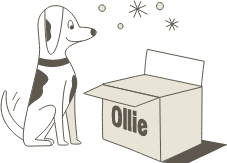
The nutrition your dog needs,
the food they want.

Enjoying our articles? Subscribe our Newsletters and get new articles directly to your inbox
You might also like
31 July 2025
4 MINS READ
The Healthiest US States for Dogs
The Ollie Health team, a team of veterinarians and veterinary technicians, reviews thousands of photos submitted through Ollie’s Health Screening service. That’s hundreds of dogs (and their st…
by Ollie Pets
30 July 2025
3 MINS READ
The Poop Scoop: Your Dog Digestion Questions Answered
As pup parents, we spend a lot of time handling dog poop, and as a key indicator of a dog’s health, it’s only fitting that we think and talk about it just as much. Unfortunately, what happens …
18 July 2025
6 MINS READ
Can You Mix Fresh Dog Food With Kibble?
If you’re feeding your dog kibble but want to upgrade their bowl, you’re not alone. Many pet parents ask if they can mix fresh dog food with kibble to get some of the benefits of fresh food wi…
by Ollie Pets
